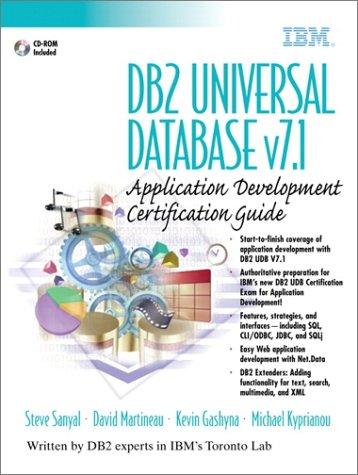Answered step by step
Verified Expert Solution
Question
1 Approved Answer
This is the Source code of the KNN Algorithm by taking the Data and Training file. Question: I wanna take Data and Training Data from
This is the Source code of the KNN Algorithm by taking the Data and Training file.
Question: I wanna take Data and Training Data from my Own User Input. K Value, All Data, Traning Data all have to take from User Input.
SO, Modify This Code:
from csv import reader from sys import exit from math import sqrt from operator import itemgetter def load_data_set(filename): try: with open(filename, newline='') as iris: return list(reader(iris, delimiter=',')) except FileNotFoundError as e: raise e def convert_to_float(data_set, mode): new_set = [] try: if mode == 'training': for data in data_set: new_set.append([float(x) for x in data[:len(data)-1]] + [data[len(data)-1]]) elif mode == 'test': for data in data_set: new_set.append([float(x) for x in data]) else: print('Invalid mode, program will exit.') exit() return new_set except ValueError as v: print(v) print('Invalid data set format, program will exit.') exit() def get_classes(training_set): return list(set([c[-1] for c in training_set])) def find_neighbors(distances, k): return distances[0:k] def find_response(neighbors, classes): votes = [0] * len(classes) for instance in neighbors: for ctr, c in enumerate(classes): if instance[-2] == c: votes[ctr] += 1 return max(enumerate(votes), key=itemgetter(1)) def knn(training_set, test_set, k): distances = [] dist = 0 limit = len(training_set[0]) - 1 # generate response classes from training data classes = get_classes(training_set) try: for test_instance in test_set: for row in training_set: for x, y in zip(row[:limit], test_instance): dist += (x-y) * (x-y) distances.append(row + [sqrt(dist)]) dist = 0 distances.sort(key=itemgetter(len(distances[0])-1)) # find k nearest neighbors neighbors = find_neighbors(distances, k) # get the class with maximum votes index, value = find_response(neighbors, classes) # Display prediction print('The predicted class for sample ' + str(test_instance) + ' is : ' + classes[index]) print('Number of votes : ' + str(value) + ' out of ' + str(k)) # empty the distance list distances.clear() except Exception as e: print(e) def main(): try: # get value of k k = int(input('Enter the value of k : ')) # load the training and test data set training_file = input('Enter name of training data file : ') test_file = input('Enter name of test data file : ') training_set = convert_to_float(load_data_set(training_file), 'training') test_set = convert_to_float(load_data_set(test_file), 'test') if not training_set: print('Empty training set') elif not test_set: print('Empty test set') elif k > len(training_set): print('Expected number of neighbors is higher than number of training data instances') else: knn(training_set, test_set, k) except ValueError as v: print(v) except FileNotFoundError: print('File not found') if __name__ == '__main__': main() Step by Step Solution
There are 3 Steps involved in it
Step: 1

Get Instant Access to Expert-Tailored Solutions
See step-by-step solutions with expert insights and AI powered tools for academic success
Step: 2

Step: 3

Ace Your Homework with AI
Get the answers you need in no time with our AI-driven, step-by-step assistance
Get Started


